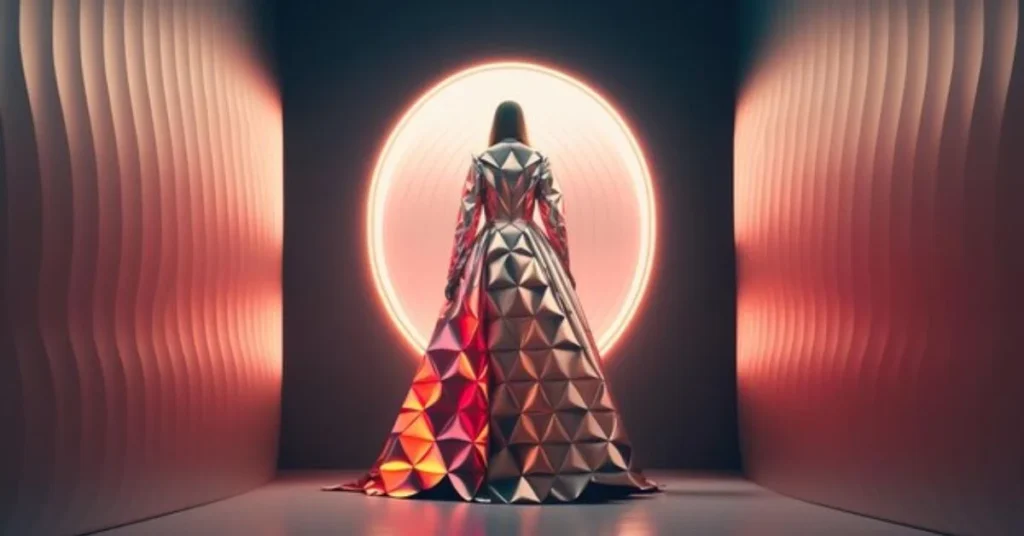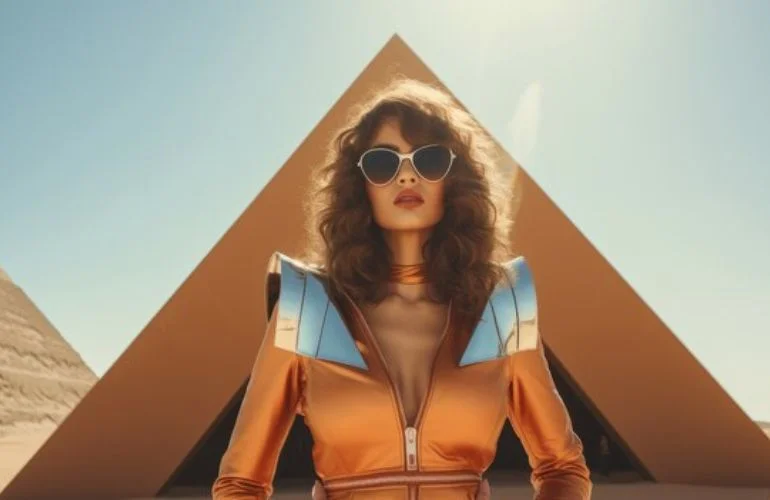The fashion brand luxury pyramid is a concept that helps classify brands based on their exclusivity, price, and prestige. This hierarchical model allows consumers, retailers, and the fashion industry to understand how luxury brands are positioned in the market. Whether you’re purchasing designer goods or just curious about the fashion world, this pyramid helps explain why some brands are more coveted than others.
What Is the Fashion Brand Luxury Pyramid?
The fashion brand luxury pyramid is a tiered model that categorizes brands based on their luxury status. The higher you go on the pyramid, the more exclusive and expensive the brand becomes. This concept is key to understanding how brands differentiate themselves in the fashion industry, from affordable mass-market labels to high-end luxury houses.
Must read Maximizing SEO for Oasis Fashion: Boost Rankings for https://www.oasisfashion.com
The Structure of the Fashion Brand Luxury Pyramid
The pyramid consists of several levels, each representing a different category of fashion brands. It provides insight into the distinction between affordable, premium, and luxury brands.
- Entry-Level Fashion (Bottom Tier)
This level includes affordable fashion brands that target a large customer base. While these brands are accessible and often trendy, they lack the craftsmanship and exclusivity associated with luxury. Examples include Zara, H&M, and Uniqlo. - Premium Brands (Middle Tier)
These brands sit between affordable and luxury. They offer better quality and exclusivity than entry-level brands but are still relatively affordable. Think of brands like Michael Kors, Coach, and Tory Burch. - True Luxury (Top Tier)
The top of the pyramid is reserved for the most prestigious brands, known for their craftsmanship, heritage, and limited availability. Brands like Louis Vuitton, Chanel, and Hermès are considered true luxury.

What Distinguishes Each Level?
Each level in the fashion luxury brand pyramid differs in several ways, including the quality of materials, exclusivity, price, and brand heritage.
- Materials and Craftsmanship
Higher-tier brands often use premium materials like silk, leather, and cashmere, along with superior craftsmanship. They invest more in the production process to maintain quality. - Exclusivity
Luxury brands produce limited quantities, making their products rare and highly sought after. Entry-level brands, on the other hand, focus on mass production to cater to a broader market. - Pricing
The price point is another major distinction. Entry-level fashion is affordable for the masses, while true luxury items are priced to reflect their exclusivity and craftsmanship.
How Brands Move Up the Fashion Brand Luxury Pyramid
Brands don’t remain static on the fashion luxury brand pyramid. With the right strategies, a brand can elevate its position over time.
- Innovation and Design
Brands that continually innovate and produce high-quality, unique designs often move up the pyramid. For instance, Gucci rebranded itself from a classic heritage brand to a trendsetting, luxury fashion powerhouse. - Brand Storytelling and Heritage
A strong brand history and narrative can also help a brand ascend the pyramid. Iconic brands like Hermès and Chanel have maintained their status at the top by emphasizing their rich heritage and timeless craftsmanship. - Exclusive Collaborations
Partnerships with designers or celebrities can add prestige to a brand, helping it climb the pyramid. Collaborations can also create limited-edition products, enhancing a brand’s exclusivity.
The Role of Marketing in the Fashion Luxury Brand Pyramid
Marketing plays a critical role in a brand’s position within the fashion luxury brand pyramid. Brands at the top of the pyramid invest heavily in their image, using targeted advertising, celebrity endorsements, and high-profile fashion shows to maintain their luxury status.
- Targeted Advertising
High-end luxury brands focus on marketing to a specific, affluent demographic. Their campaigns often feature luxury lifestyles that align with their products’ exclusivity. - Influencer and Celebrity Endorsements
The use of celebrities and influencers is a powerful tool, particularly for brands aiming to elevate their status. A-listers like Rihanna and Kendall Jenner regularly endorse luxury brands, helping maintain their elite image. - Exclusive Fashion Shows and Events
Top-tier brands frequently host exclusive fashion shows and events to showcase their new collections. These events attract high-profile guests, further boosting the brand’s luxury appeal.

The Psychological Appeal of Luxury Brands
The desire to own luxury items is deeply rooted in human psychology. The fashion luxury brand pyramid also explains the psychological appeal of luxury brands, including status, exclusivity, and personal gratification.
- Status Symbol
Luxury brands often serve as a status symbol, signaling wealth and success. Owning a Chanel bag or a pair of Louis Vuitton shoes is not just about fashion but about projecting a certain image to others. - Personal Satisfaction
The craftsmanship and attention to detail that luxury brands offer give consumers a sense of personal satisfaction and pride. These items are often seen as investments in style and quality. - Exclusivity and Rarity
The rarity of luxury items creates a sense of exclusivity. Owning something that not everyone can have enhances its value, making luxury brands more desirable.
How the Digital Age Impacts the Fashion Brand Luxury Pyramid
With the rise of e-commerce and social media, the fashion luxury brand pyramid has evolved. Digital platforms provide new opportunities for brands at all levels of the pyramid to engage with consumers, but they also present challenges in maintaining exclusivity.
- E-Commerce Expansion
While many luxury brands were initially hesitant to sell online, the shift to e-commerce has allowed them to reach a broader audience without sacrificing their high-end image. However, this requires careful curation of their online presence. - Social Media Influence
Platforms like Instagram have democratized fashion, allowing consumers to engage with brands in real-time. This has increased accessibility but also blurred the lines between luxury and premium brands. - Sustainability Concerns
Consumers are increasingly concerned about sustainability. Brands that can balance luxury with eco-conscious practices are likely to gain favor with younger, more ethically-minded consumers.
Conclusion
The fashion brand luxury pyramid remains a useful tool for understanding the positioning of fashion brands. However, as consumer preferences shift, particularly with the rise of sustainability and digital engagement, the boundaries between pyramid levels may continue to blur.
Luxury brands must adapt to stay at the top of the pyramid, balancing tradition with innovation, while premium and entry-level brands have new opportunities to elevate their status. Understanding the structure and dynamics of the fashion luxury brand pyramid is key for anyone interested in the evolving world of fashion. For more information visit this site.

What is the fashion brand luxury pyramid?
The fashion luxury brand pyramid is a model that classifies brands based on their level of exclusivity, price, and prestige, ranging from entry-level to true luxury.
How do brands move up the fashion luxury brand pyramid?
Brands can move up the fashion luxury brand pyramid by focusing on innovation, craftsmanship, brand heritage, and exclusive collaborations.
Why are luxury brands at the top of the fashion luxury brand pyramid?
Luxury brands are at the top because of their high-quality materials, superior craftsmanship, limited availability, and strong brand heritage.
How does the digital age affect the fashion luxury brand pyramid?
The digital age has expanded the reach of luxury brands through e-commerce and social media, but it also challenges their exclusivity as they engage with a broader audience.
What are some examples of brands in each tier of the fashion luxury brand pyramid?
Entry-level brands include Zara and H&M, premium brands include Michael Kors, and true luxury brands are Louis Vuitton and Hermès.











